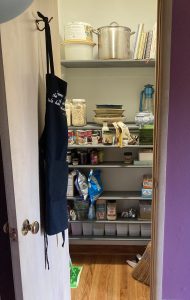With a pause and breeze out of the west, a sabbatical ends.
The long Sabbath sighs with a pleasure-filled breath and takes her exit.
The final weeks of this break have been filled with adventures with our favorite canine companions, moments with family that stretched like taffy, and closets that never looked so good, so scandalously low entropy and fresh. The optimistic to-do list is not fully checked off, but to be fair, it never has been.

True Sabbath sates and leaves us wanting to see her again, like a lover who travels for work or a medium-distance relationship. She leaves us ready for the work of justice, love, and hope that is the every day–and always looking for the next chance to shut the blinds and sneak away for a lingering moment.

